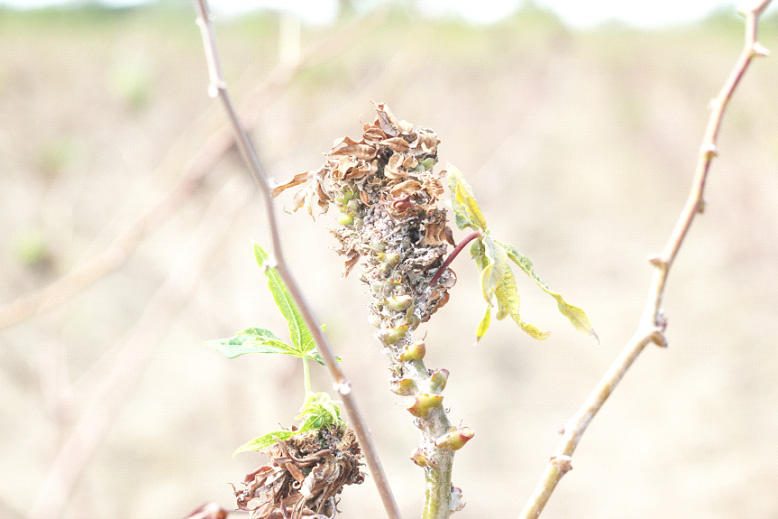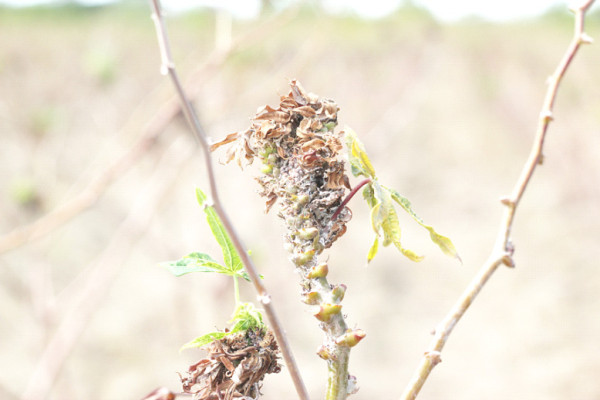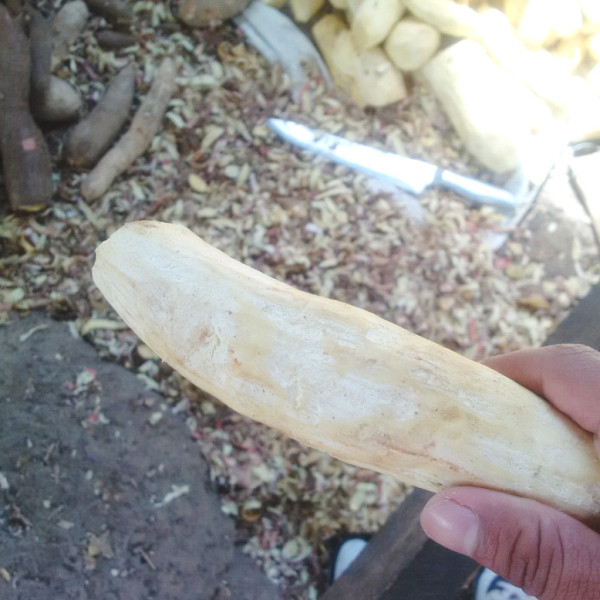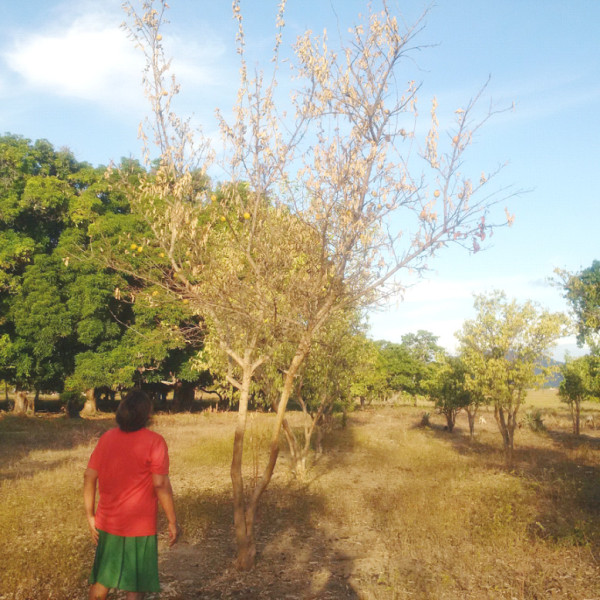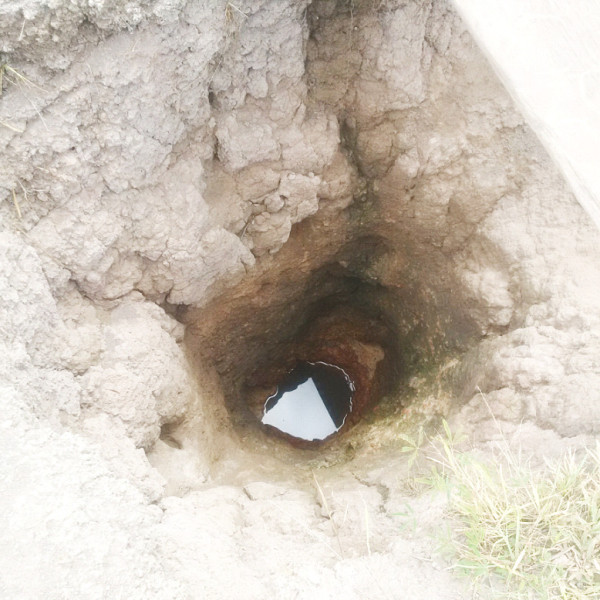The Region Nine administration is examining a number of long-term plans such as water harvesting to ensure that villages across the sprawling savannah region are supplied with water even during prolonged droughts.
Regional Chairman Bryan Allicock told Stabroek News recently that businessman Julio Perreira who owns a ranch in the Rupununi has offered a solution to harvest and store water for use during dry spells. He explained that Perreira has set up a system at his ranch at Manari where he has blocked a low-lying area at a small creek and during the rainy season, it fills and forms a lake.
This reservoir is able to store water for extended periods of time and even during the current drought, it has water, Allicock explained.
The official said such harvesting areas can be set up in the different Rupununi districts. Allicock said Perreira has suggested that a drone be used to map the areas to select the most suitable sites for water harvesting and this will be done in the coming weeks.
He noted that villages including Rupunau have already requested assistance to create small ponds for their farms “so that they will plant around the pond and get the pump and water the plants and preserve planting materials as well as food for themselves.”
Allicock said Perreira had brought in some experts from Trinidad and he has said that the region could have access to them.
Meantime, Allicock said the non-governmental organisation, the Society for Sustainable Operational Strategy (SSOS), which has been involved in helping to set up peanut butter factories across the Rupununi, has also offered some ideas. One such idea is to bring in a rig of a “reasonable diameter” that would able to drill wells of a reasonable size. A rig can be here within two months and in the interim, he said, SSOS has requested US$80,000 – about $16 million – to drill 16 wells in the most affected communities. He said SSOS also has plans to drill 100 wells in two years at a cost of not more than $800,000 per well in the Rupununi. According to Allicock, quotations received from others were as high as $4.6 million per well. He said that the project was crucial.
“Because even though we get these little showers, it’s just to water the plants, I don’t think it will make any impact,” he asserted. Allicock said that according to scientists, in 50 years, South America could be a desert. “Every year we will have a shorter rainy season… The sad part of it is that when the rains come, it would come as a flood and we gah prepare for that too,” he said.
He emphasised that they are preparing hence the examination of different long-term plans. He related that it has been said that under the sheet rock formation that underlies the Rupununi, there is bountiful water but the challenge is getting to it. In this regard, he suggested a big rig that can drill through rock. “Money has to come in to do these things,” Allicock said while noting that they hope that government will make provisions for these. He added that SSOS is also seeking support.
Short-term relief measures are also being implemented, the Regional Chairman said. One of these measures is to possibly rent an excavator and operator from Perreira to create ponds for animals and crops.
Meantime, the drought has affected different persons in different ways. Joan Cassiano of Moco Moco told Stabroek News that the well she normally uses close to her home has had no water for the past two weeks. “We using the creek water now and the creek water is also going low,” she said. She said that they have to drink it as well and fetch it from a longer distance. “Like how this water dry down, we doing everything there now washing and drinking,” she related.
She noted that her farm was not affected much due to its location close to the creek. However, other plants such as citrus have shriveled. “Every day I does be watering my plants but now this well gone, I can’t bring water from till at the back,” she lamented. “Everything will die out if the drought continues,” she said. According to Cassiano, more wells should be dug in the community.
In Nappi, Toshao Walter Henrico said that a damaged part of the pump has resulted in the well at the school not functioning optimally. He said the Guyana Water Incorporated was informed but it has been weeks and the part has not been supplied. Allicock had told Stabroek News that the part was ordered over three months ago but up to now, has not been sent to the region.
“We barely getting water,” Henrico said. “The wells are drying, people start complaining.”
Many farmers are affected, he added and the staple cassava is getting corky – soft and dry.
In Moco Moco, William Ramsarran, the deputy toshao said that out-of-control fires were affecting some farms. He said that the disease, Trips, was affecting the cassava. He said insects were “sucking” out the moisture from the roots, stem and shoots of the cassava. “They suck out the shoots so it curl up and the cassava can’t grow good,” he said. He noted that this normally happens during the dry season and if the dry weather continues, a lot of people will be affected.
